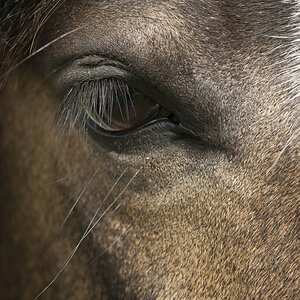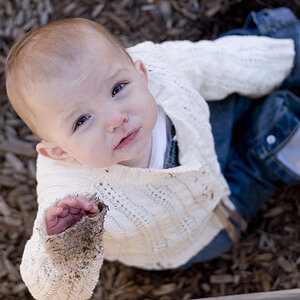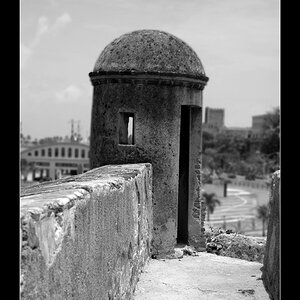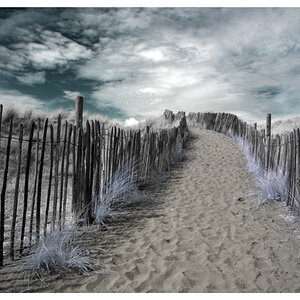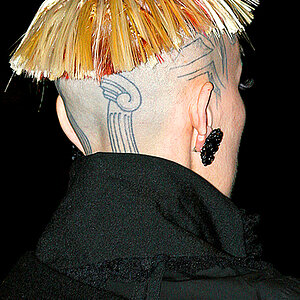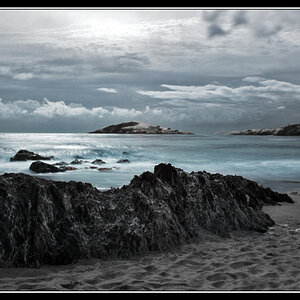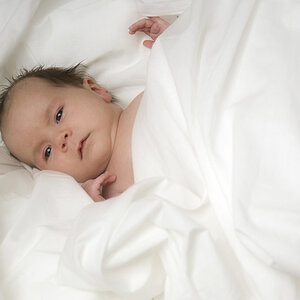tom beard
TPF Noob!
- Joined
- Mar 2, 2009
- Messages
- 175
- Reaction score
- 5
- Location
- So. Cal mountains east of LA
- Can others edit my Photos
- Photos OK to edit
I have to admit to being a bit of a gear freak. The industrial design of cameras can really stoke me up. While watching the Supreme Court coverage today the nominee was facing the tv cameras and in between there was about six photographers taking stills. All I could see was the backs of their cameras and part of the lenses. Eye candy! They were all digital and had battery packs on the bottom. They were all probably Canon or Nikon, and I'm guessing DX format and all shooing RAW. Which brand is chosen most for photojournalism and scientific or specialized applications? Most people are passionate about the two brands, and I'm one of them, but don't want to start arguments based on loyalty, just what you think...No fighting kids!
Thanks, Tom Beard
Thanks, Tom Beard


